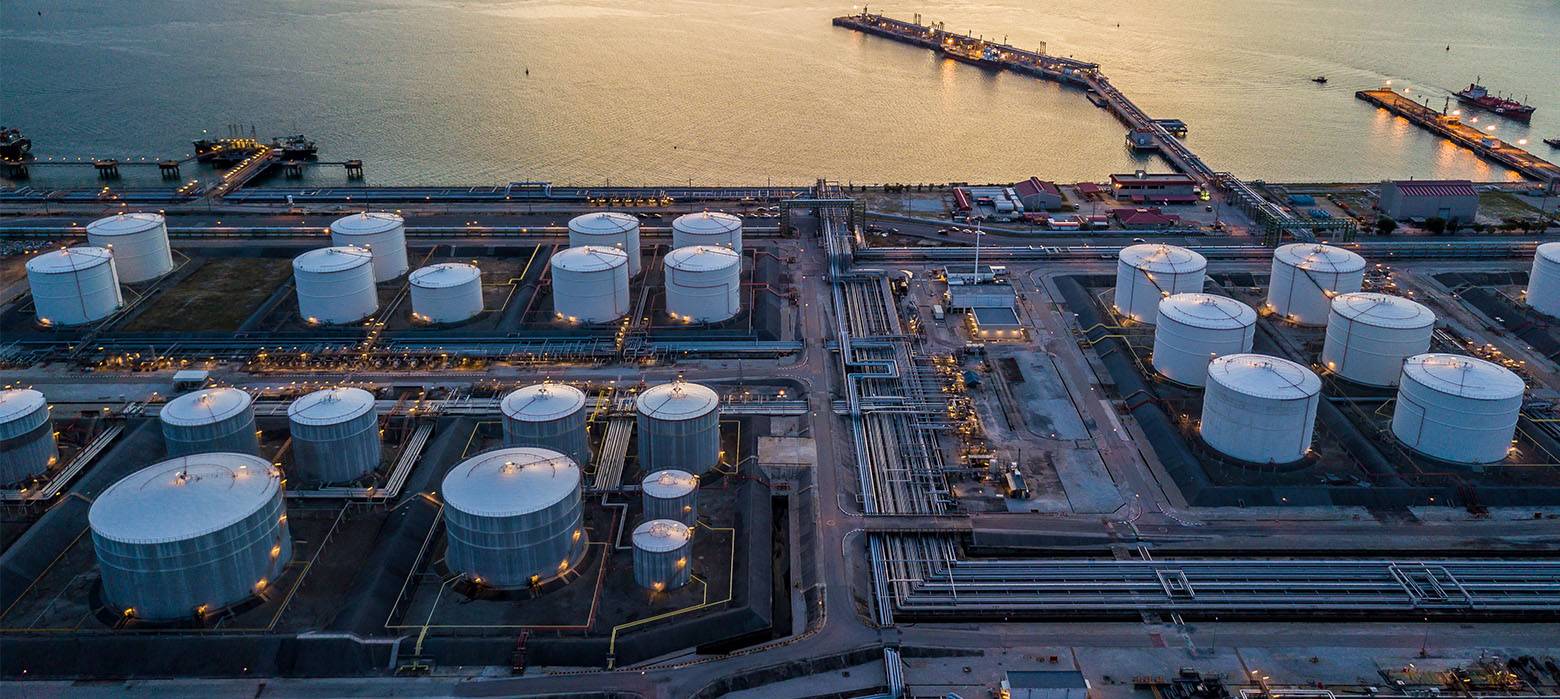
- admin
- December 19, 2019
Above Ground Fuel Tank Electrical Requirements: A Brief Study
When it comes to fulfilling the storage requirements of industries, underground and aboveground tanks are the best options.
In recent years, aboveground fuel storage tanks have become especially popular for storing petroleum products and combustible liquids.
It is because properly engineered and installed aboveground tanks facilitate visual review and can be painted to avert corrosion which means they are less prone to leakage.
What are Aboveground Tanks?
Aboveground tanks are large vessels and containers that are placed or installed at the top of the ground.
They are generally made of stainless steel, fiberglass, polyethylene, and other materials. From storing crude oil to petroleum products, they can be safely used at different sites.
Double-walled tanks are preferred by the users for industrial and commercial purposes. It is because the outer tank shields the inner tank from the hazards of intense heat, rainfall, and cracks.
Uses of Aboveground Tanks
Aboveground tanks find application in a wide range of commercial and industrial purposes. Some of them are highlighted below.
• Chemical storage
• Petroleum or fuel storage
• Wastewater storage
• Portable water storage
• Alternative fuel system
• Emergency generator fuel oil system
• Chilled water buffer tanks
• Oil-water separators
• Blowdown tanks
• Surge tanks
Guidelines laid by NEPA for Aboveground fuel tank electrical requirements
Aboveground storage tanks have certain electrical requirements for installation.
Since you will be keeping inflammable and combustible chemicals inside them, these requirements must be fulfilled at construction sites for safety reasons. Let’s take a look at them in detail:
• Aboveground tanks should be installed at least 25 feet away from any building or electrical equipment. The wiring methods should be sanctioned for safety. Since you will be keeping gasoline and petroleum fluids, the vessel must be marked to demonstrate the class, group, and temperature range. It should function at 40-degree Celsius. The temperature marked on the vessel should not surpass 40 degrees Celsius because that will exceed the ignition temperature of the specific fluid or gas that will be stored inside it.
• The National Environment Policy Act (NFPA) lays clear instructions for users of aboveground tanks to abide by for ensuring safety. Guidelines are provided on wiring methods, wiring connections, transformers, capacitors, circuit breakers, fuses, attachment plugs, storage battery charging equipment, conductor insulation, flexible cords, resistors, generators, alarm systems, ventilation piping, sealing and drainage, electric hoists, meters, relays, resistors, and others.
• NFPA has also specified that it is mandatory to thread the electrical conduits to be used for aboveground storage tanks. They have also stated that the tanks must be wrenched tight with the help of a bonding jumper. The device is a reliable conductor that ensures the requisite electrical conductivity. It is flanked by metal channels that are to be connected electrically.
Are you looking to buy quality aboveground tanks that will be worth spending on? Visit GSC Tanks and browse from different products. It is the one-stop destination to buy durable steel and alloy tanks, fiberglass tanks, polyethylene tanks, field-erected tanks and others.
- Aboveground fuel tanks electrical requirements
- aboveground tanks
- Fuel tanks
Category
- Above Ground Fuel Tanks
- Above Ground Gas Storage Tank
- Above Ground Storage Tanks
- Above Ground Water Storage Tanks
- Agricultural Tanks
- Chemical storage Tanks
- Diesel Fuel Storage Tanks
- Diesel Storage Tanks
- Exernal FloatingRoof Tanks
- Farm Water Tank
- Fiberglass Oil Tanks
- Fiberglass Septic Tanks
- Fiberglass Tanks
- Fiberglass Underground Fuel Storage Tanks
- Field Erected Tanks
- Floating Roof Tank
- Food and Beverage Tanks
- Fuel tank
- Industrial Chemical Storage Tanks
- Industrial Gas Tanks
- Industrial Plastic Tanks
- Industrial Storage Tanks
- Industrial Tank heating pads
- industrial tanks
- Natural gas
- Natural gas vs Propane
- oil storage tank
- Oil Storage Tanks
- Peracitic Acid
- Petroleum Tanks
- Residential gasoline storage tanks
- Residential Water Storage Tanks
- Sodium Hydroxide Storage Requirements
- Sodium Hypochlorite Storage Tanks
- Steel Storage Tanks
- storage tank failure prevention
- Storage Tanks
- Sulfuric Acid Tanks
- Uncategorized
- UnderGround Storage Tanks
- Waste water tank
- Water Storage Tanks

 Tank Size Calculator
Tank Size Calculator






